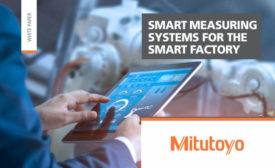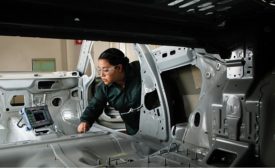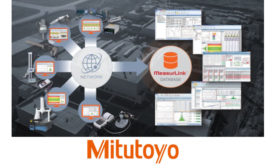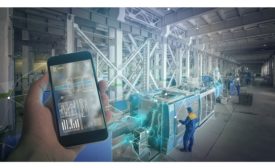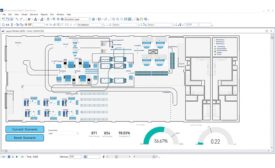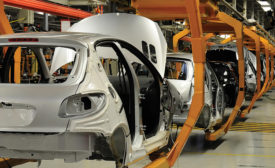Home » Keywords: » smart factory
Items Tagged with 'smart factory'
ARTICLES
Vision & Sensors | System Integration
The Expanding Role for Machine Vision in Smart Factories
Making the most of machine vision starts with understanding smart manufacturing and how machine vision delivers actionable data
December 12, 2024
Quality Headline
Hexagon Announces HxGN LIVE Smart Manufacturing Detroit 2020
January 20, 2020
Trends in Automotive Inspection
Intelligent factories, electric vehicles and traceability are just some of the factors that are influencing change in automotive part inspection, say experts in the field.
January 15, 2020
Getting Started with Industry 4.0
The challenge for many businesses is knowing where to begin.
May 1, 2017
INDUSTRY HEADLINE
Hexagon Manufacturing Intelligence Announces Partnership with Wichita State Innovation Campus
February 7, 2017
Large-scale manufacturing
PrecisionPath Consortium Redefining Advanced Manufacturing
Illuminating the challenges, clearing a path to the Smart Factory.
September 1, 2016
Stay in the know with Quality’s comprehensive coverage of
the manufacturing and metrology industries.
eNewsletter | Website | eMagazine
JOIN TODAY!Copyright ©2025. All Rights Reserved BNP Media.
Design, CMS, Hosting & Web Development :: ePublishing


